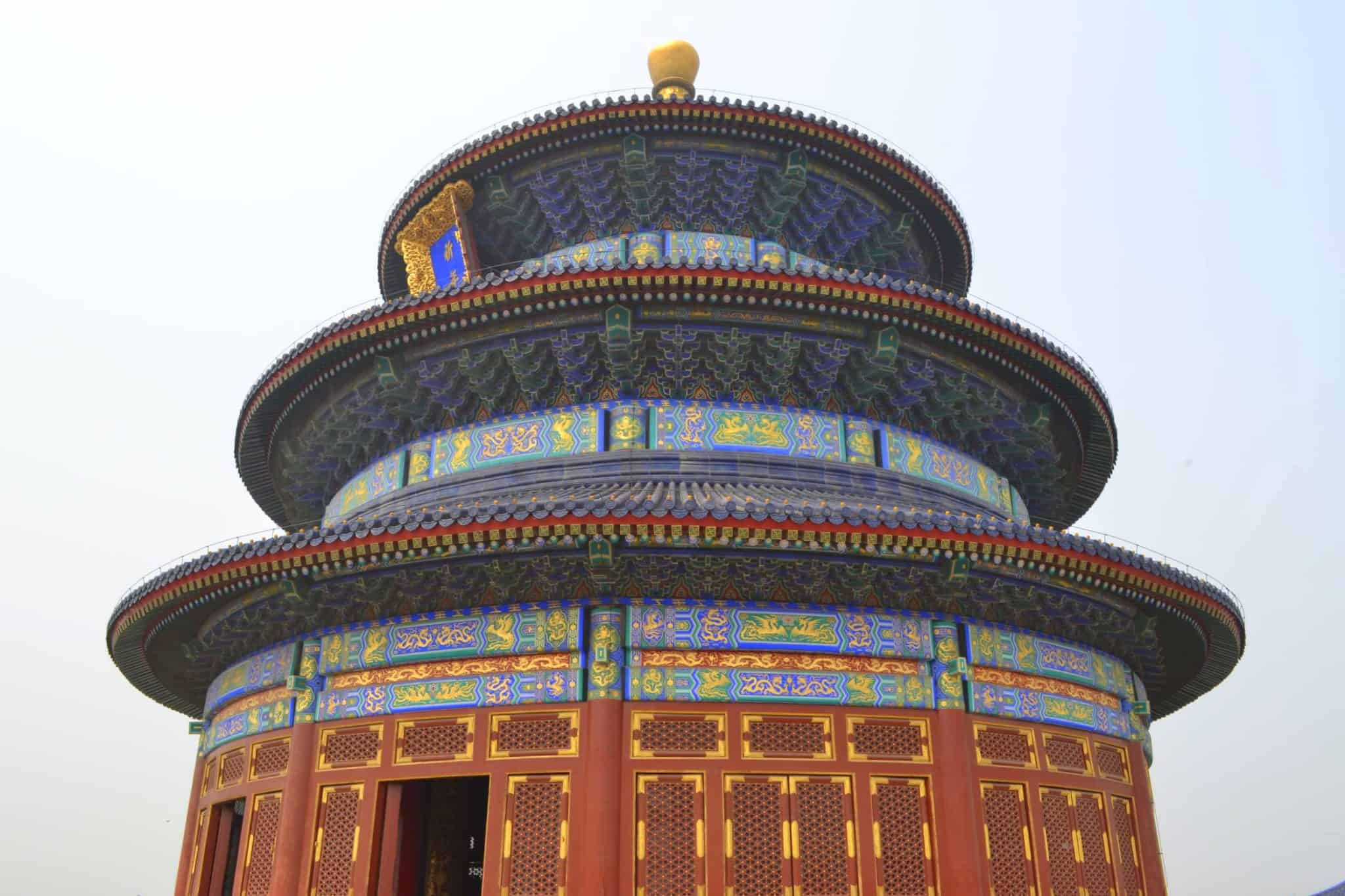 Text and photos by Steve MacNaull
Text and photos by Steve MacNaullBeijing has new swagger. Sure, the city has been the Chinese capital in one form or another for 2,500 years. But most recently the megatropolis of 17 million showed its economic prowess while the rest of the world experienced financial meltdown.
And while it happened almost two years ago, the city is still in the afterglow of hosting a memorable 2008 Summer Olympics.
“All the Olympic TV coverage piqued people’s interest in Beijing and it’s only continued as China gets more and more exposure as an economic and tourism powerhouse,” said Finella Siambun, the director of public relations at The Ritz-Carlton Hotel, Financial Street where my son and I stayed during our recent trip to the city. While the Games ran only 17 days, the lasting legacy is the subsequent tourism and business boom.
With only three days in Beijing, we had to hustle to hit the city’s greatest hits from the Great Wall, Forbidden City and Tiananmen Square to the Ming Tombs and dine on Peking duck. It’s easy to be blown away in Beijing because it’s just so big, busy, historic, modern and different – all at the same time.
A Great Wall
Let’s start with the Great Wall of China because it’s easily the most impressive. One of the Seven Wonders of the World, all you have to do is set eyes on it in person to see why. Not only is the wall set in spectacular mountain scenery, its walkways, battlements and watchtowers stretch in both directions as far as the eye can see.
“If you haven’t climbed the Great Wall you haven’t been to China,” said Jacky Lee, the guide on the full-day Gray Line Tour we took.
Just as our group got to the Badaling section of the wall 70 kilometres northwest of Beijing it started to rain. Wet or not, the wall had a mesmerizing effect on us. The higher we climbed the higher we wanted to climb to reach better and different views and get away from the crowds. The hordes thinned when our step count hit 300-and-some. As we turned – thighs burning and breathing strained – we were alone to take in the vista of endlessly snaking wall disappearing into the mountains, forest and mist.
The full-day Great Wall tour also includes a quick stop at the Ming Tombs, where 13 of 16 Ming Dynasty (1368-1644) emperors are buried. The other stop was the Superior Jade Gallery where artisans made the jade pendants that were inlaid with gold, silver and bronze for the Olympic medals awarded at the Beijing Games.

We also took the subway from our hotel to Tiananmen Square to prove to ourselves that it could be done. All signs are in English and we found it easy to get around, certainly less confusing than the London Tube, where on previous trips we’d found ourselves lost or going in the wrong direction.
Tiananmen is the biggest public plaza in the world and the site of the June 4, 1989 incident known as the Massacre. The Chinese don’t like to talk about that blot on their history in which the military rolled into the square and killed an estimated 3,000 protesters.
The wide open space is crowded day and night, especially for the flag-raising and lowering ceremonies at dawn and dusk. We caught the spectacle at dusk, complete with marching soldiers, and commented on the bewitching twilight. We were told it wasn’t a lighting effect, but the remnants of the sunlight in smog.
Forbidden City is the square kilometre of ancient imperial splendor surrounded by a moat that’s smack dab in the centre of modern Beijing.
It took one million labourers to build the Forbidden City’s 800 buildings, huge plazas and imperial gardens between 1406 and 1420. Twenty-four Chinese emperors, their families and courtesans lived there until the early 1900s. It is so named because commoners were forbidden to enter the royal place for 500 years. Now commoners visit by the millions to see the greatest examples of ancient Chinese architecture and all the royal artifacts.
More China
For more information on China, visit www.tourismchina-ca.com.


